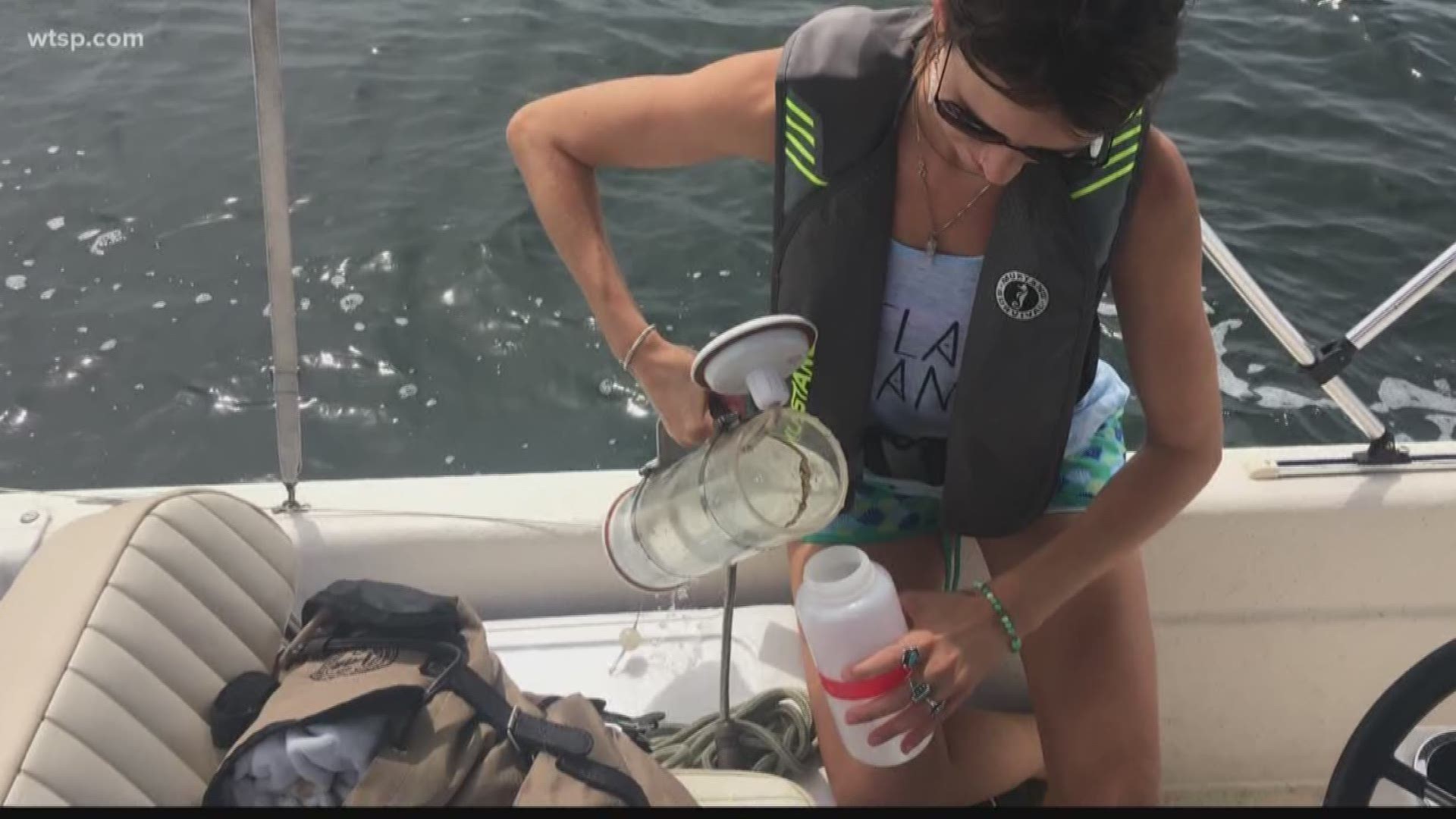TAMPA, Fla. — Many changes are being discovered in the wake of Hurricane Ian's brutal lashing along Florida's coasts. It's being found that one of the costs of being hit by a Category 4 hurricane is the result of lots of microplastics.
Florida Today reported that Ian brought countless pieces of these plastics onto Florida beaches.
"Studies have shown that when winds and storm surge churn the waters off Florida, they often disturb sediments, stirring up previously settled microplastics from the bottom of the ocean," the outlet wrote.
Microplastics then get caught in waves and are distributed far and wide along the beaches and wherever else the contaminated water flows, the newspaper wrote in part.
The National Oceanic and Atomospic Administration says microplastics are small plastic pieces less than five millimeters long, which can be harmful to the ocean and aquatic life.
RELATED: From microplastics in your blood to sea level rise, a few things to know about our changing climate
More than 300 million tons of plastic are produced every year. While most of that ends up in landfills, dumps or simply just on the ground, at least 14 million tons end up in the ocean, according to the International Union for Conservation of Nature.
Research released in March 2022 showed scientists discovered microplastics in human blood for the first time. They came from things like plastic bottles and bags.
“Microplastics are used in personal care products,” Dr. Henry Alegria, professor of chemistry at USF St. Pete said. “When people wash their face or they discard the product, those are then directly taken into the ecosystem.”
Alegria was part of a research team that found four billion particles of microplastics just in Tampa Bay. He says one of the biggest offenders they found came from people's laundry.
“A lot of fabrics have these very fibrous plastics,” said Alegria. "When you do your laundry, and that water gets discharged, it goes into water treatment plants. They remove most but not all.”
The 2021 Plastic Waste Makers Index shows that 20 companies are behind more than half of the world’s single-use plastic waste. U.S.-based ExxonMobil topped the list.
10 Tampa Bay's Natalie Ferrari contributed to this report.

